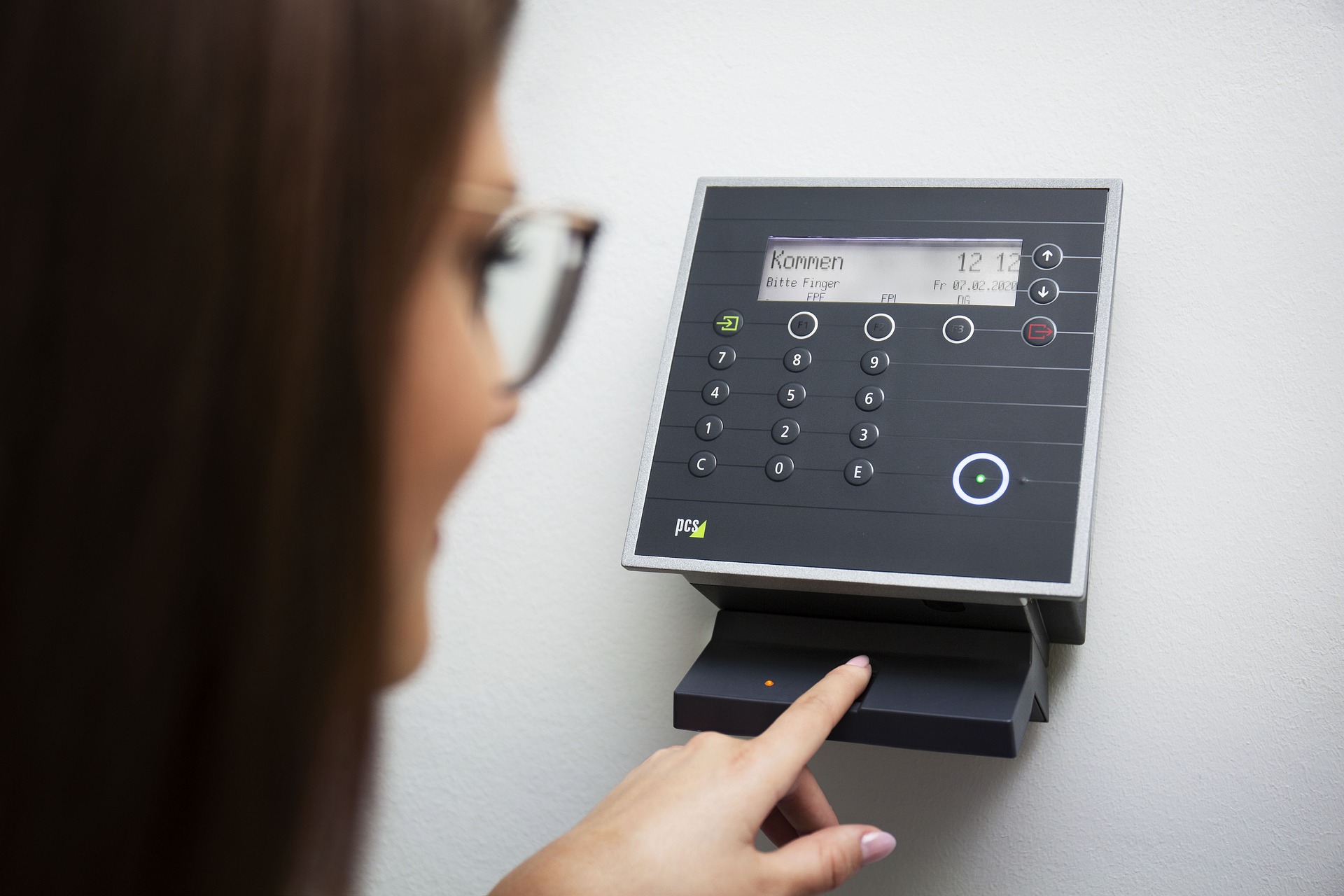Decoding the Proliferation of Fixed Wireless Access
The world has moved beyond the tethered connections of yesteryears, ushering in an era where wireless technology reigns supreme. One such technology, Fixed Wireless Access (FWA), is rapidly gaining traction. It promises to bridge the connectivity divide, bringing broadband internet to regions where laying fiber-optic cables is not feasible.

Unraveling the Concept of Fixed Wireless Access
Fixed Wireless Access (FWA) has been around since the early days of wireless connectivity. However, it has been overshadowed by the more popular mobile wireless technologies. FWA refers to the delivery of broadband internet services using wireless mobile network technology. Instead of laying physical lines (like fiber-optic or copper cables), service providers use wireless signals to provide internet connectivity.
The Rise and Development of Fixed Wireless Access
The roots of FWA can be traced back to the 1990s when it was first used to provide ‘last mile’ connectivity in areas where it was not feasible to lay physical lines. However, the technology was not very efficient back then.
The development of 4G and now 5G technologies has given a new life to FWA. The higher speeds and lower latencies offered by these technologies have made FWA a viable alternative to traditional broadband, especially in areas where laying fiber-optic cables is challenging.
Current Trends and Predictions
FWA is experiencing a resurgence, thanks to the advancements in wireless technologies. It’s being seen as a viable solution to the ‘last mile’ connectivity problem, especially in rural and remote areas.
Experts predict that the global FWA market will reach $46.4 billion by 2026, registering a CAGR of 26.5% during the forecast period of 2021-2026. This growth is expected to be driven by increasing demand for high-speed internet connectivity and the proliferation of smart devices.
Challenges and Practical Applications of Fixed Wireless Access
While FWA holds great promise, it’s not without challenges. The biggest challenge is signal interference, which can degrade the quality of the connection. Other challenges include the need for a clear line of sight between the transmitter and receiver and the high cost of setting up the infrastructure.
Despite these challenges, FWA has found practical applications in various sectors. It’s being used to provide broadband connectivity in rural and remote areas where laying physical cables is not feasible. It’s also being used in urban areas to provide a ‘quick fix’ solution for broadband connectivity.
Conclusion
The demand for high-speed internet connectivity is on the rise, and Fixed Wireless Access seems poised to meet this demand. With advancements in wireless technology, it promises to bridge the connectivity divide. However, overcoming the challenges will be key to its widespread adoption.
In the evolving landscape of internet and telecommunications, FWA represents a significant step towards a truly connected world. It’s a testament to how far we’ve come and a glimpse into what the future holds.




